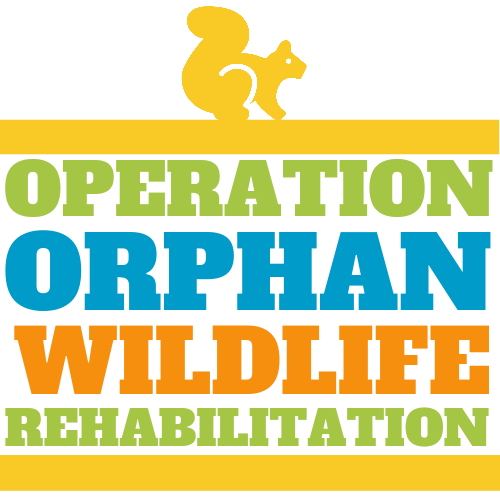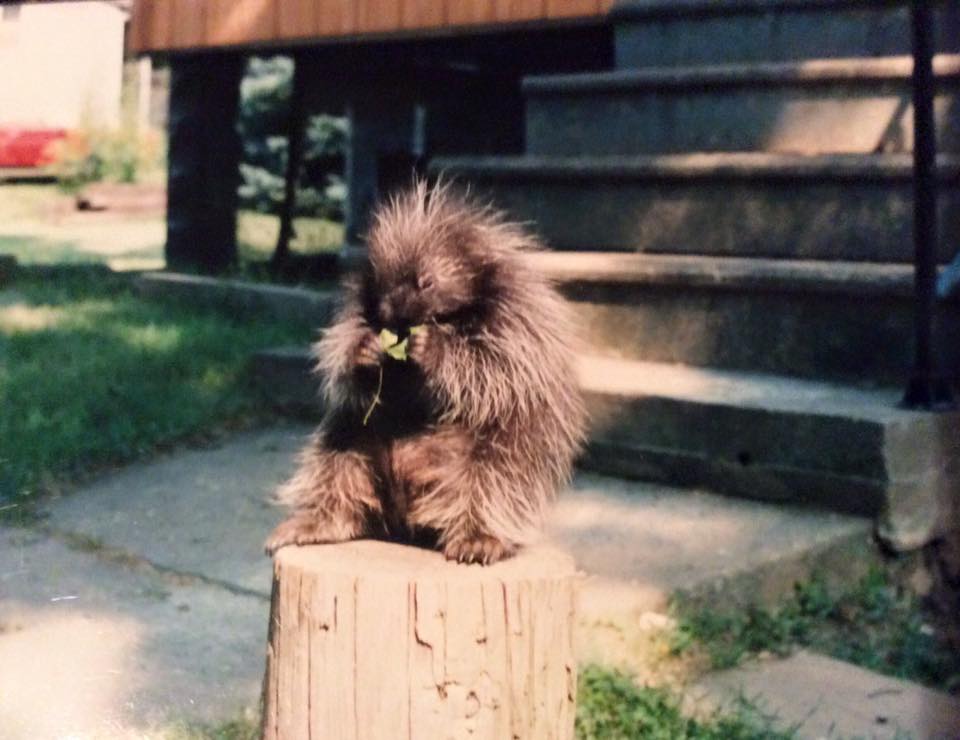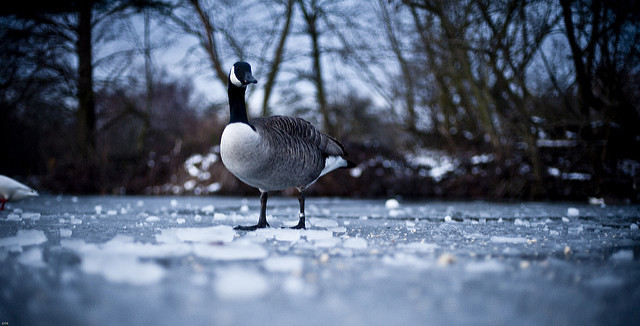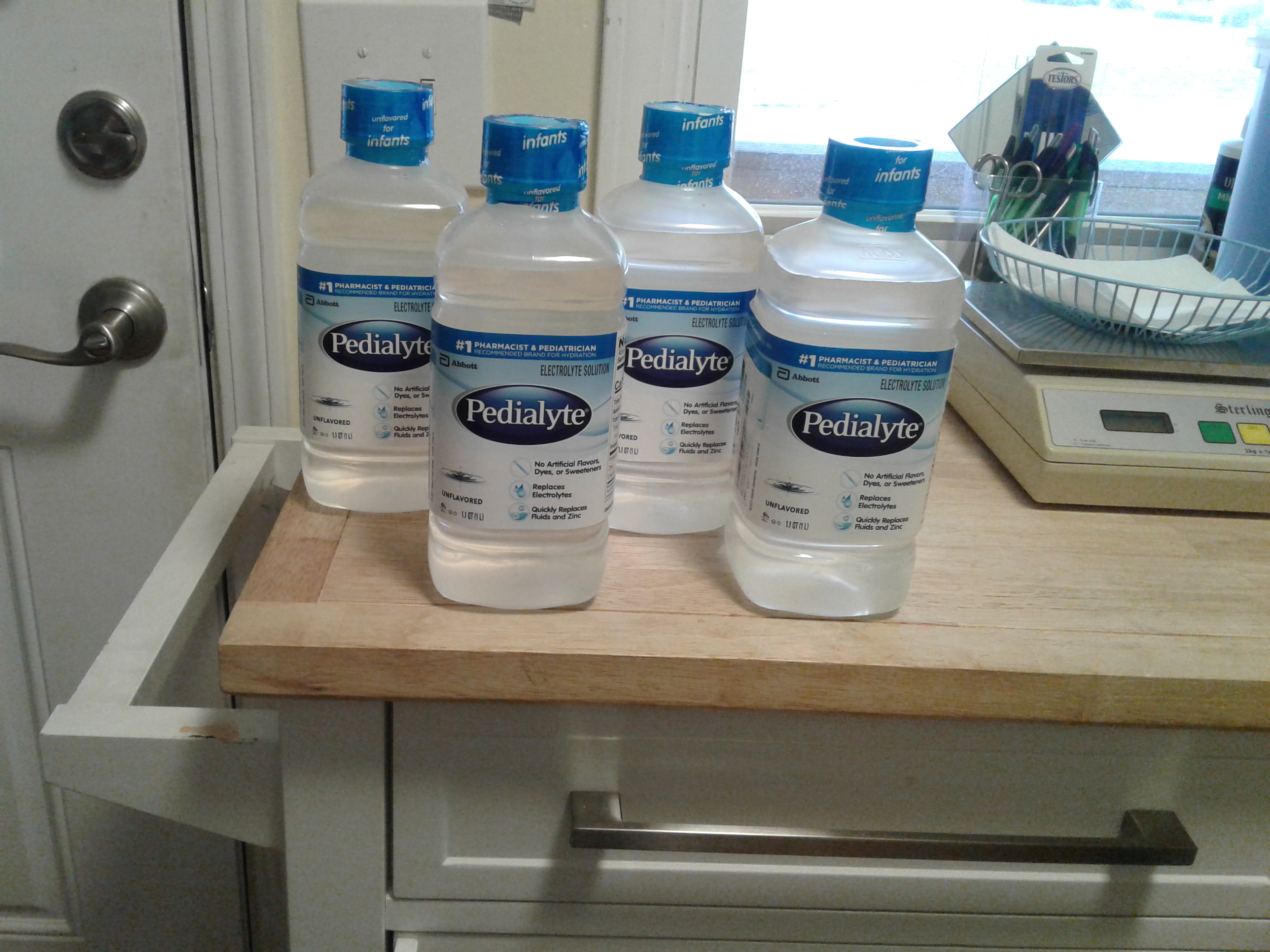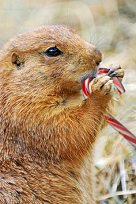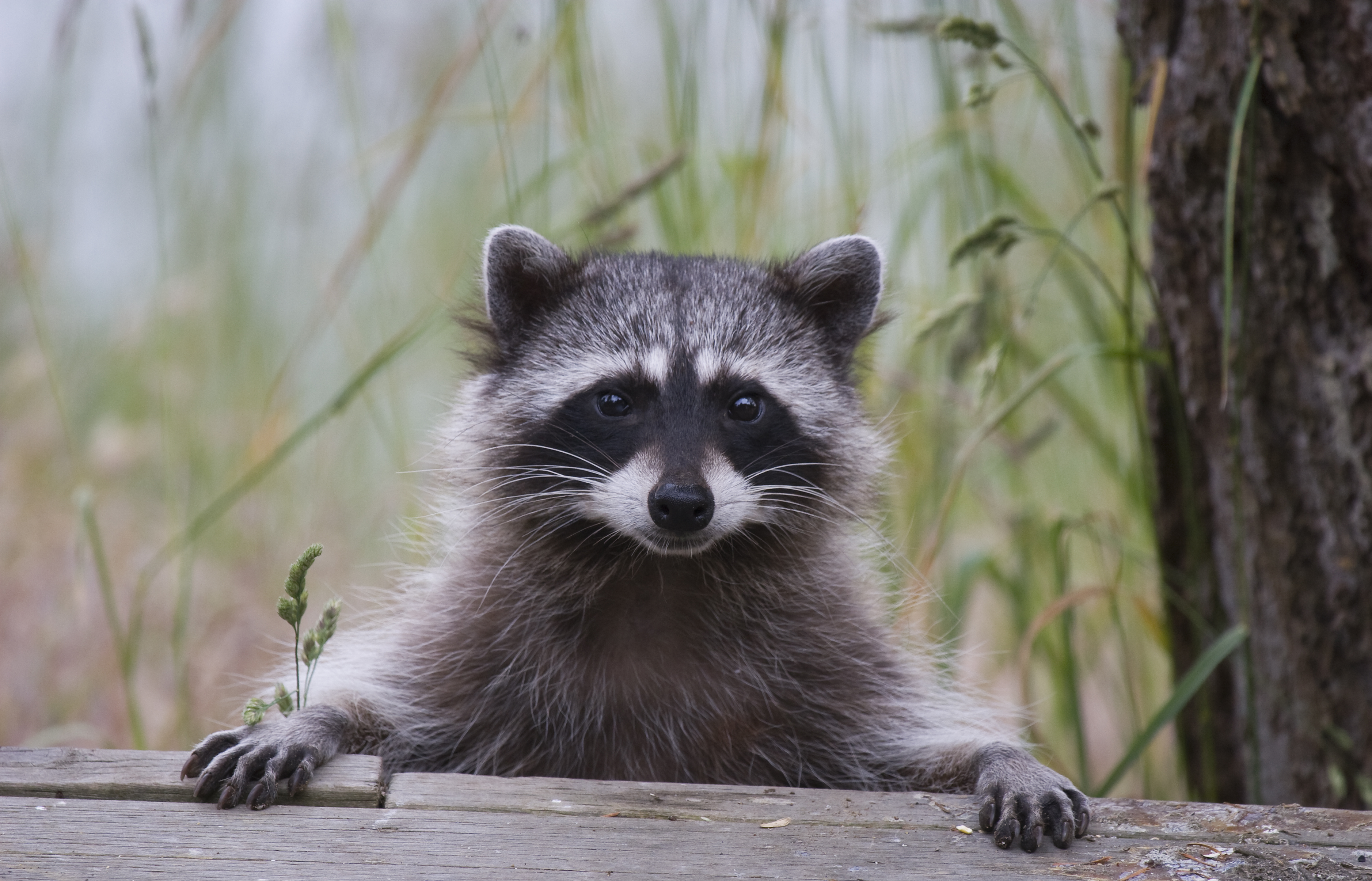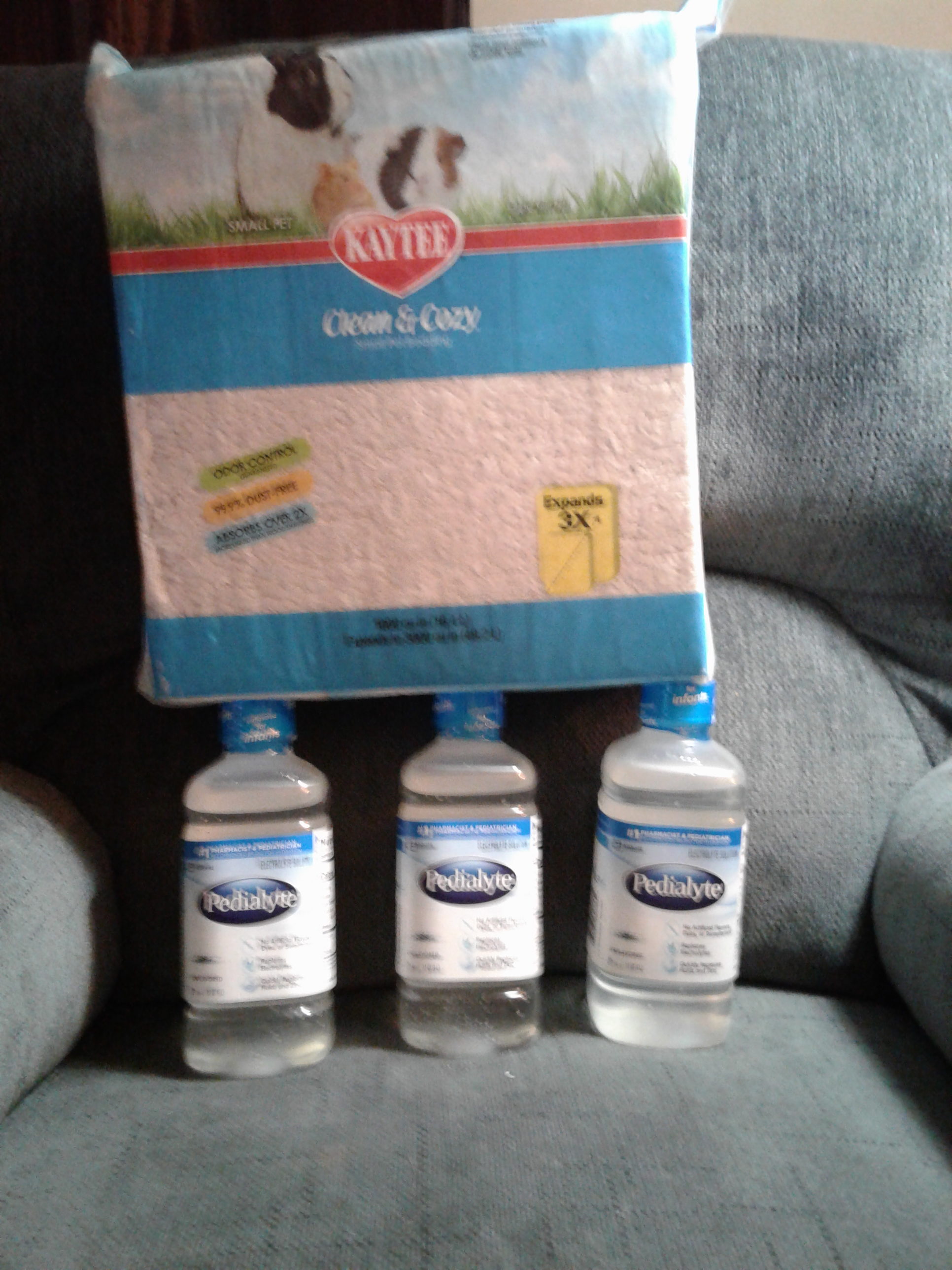Stealing Not Allowed!
It was the early 1990’s when a call came in about a baby porcupine. The woman that called had taken it from a neighbor who stole it from the mother in Canada. We have the Lacy Act which is an Act of Congress. In that Act, one of the laws states that it is a federal offense to transport wildlife from one state to another state without expressed consent from the state you are leaving and every state you are entering. Coming from Canada was even worse. Had the people been caught at the border, they would have gone to jail. The laws are in place for good reasons and one of those reasons is to prevent the spread of disease.
Why in the world would these people steal a baby less than a week old from the mother? They thought it would make a neat pet! Wild animals are not pets. They didn’t even know how to care for this little guy. On the way home, they went into a store and bought a dozen eggs and a bottle of honey. They mixed the two together, and that mixture is what they fed him. The only thing they accomplished was to give him salmonella. This had to be the sickest baby animal I have ever cared for that lived. After several trips to Dr. Riggs and constant care, this little guy came around. It is very difficult to clean up a baby porcupine that has mass diarrhea.
A mother porcupine only delivers one baby a season. Porcupine weigh approximately one pound at birth and their quills are right under the skin, and their eyes are already open. Within one hour of birth, the quills are through the skin. A quill is a modified hair, hollow, and has over 10,000 little fishhook-like barbs on the tip. The porcupine sheds those the same way a dog or cat sheds their hair. When they go into defense posture they will flail the tail, spin in a circle and loose quills will come out, but he is not throwing them. If a quill gets in you, the only way to get it out is to pull it out or push it through. PAINFUL PROCESS. I had over two hundred of them in my leg one time. NOT FUN, and I had to pull every one of them out myself.
Porcupine are amazing swimmers. They do not swim doggie paddle like most animals. Instead, they do a breast stroke. The reason being, if they doggie paddled the quills could go into their own leg if they hit them. This little guy and I swam together on a regular basis. He had to know how: I was Mom to him, so it was up to me to teach him. His first trip in the water left him panicked; when I sat him down in the water, he went into a roll and sank like a rock. This was my mistake, as I should have let him walk in himself. I had to put my fingers on his belly and push down and sideways to roll him to the surface. After that little experience which was unpleasant for both of us, he followed after me and swam. They float well too, because the quills are hollow.
Porcupines usually spend the first year with Mom and can grow until three years of age and peak at around 40 pounds. At one year old this one was almost 40 pounds. It took six months to get the clearance to release him in the Upper Peninsula. We discovered on the way up there that a fern grows there that he really loved. He was released in a beautiful area with everything he needed: Birch trees, flowers and a pond. What an amazing experience. Just watching our wildlife can show you a lot.
Copyright 2017 Fran Kitchen
Operation Orphan Wildlife Rehabilitation, Inc. is a 501(c)3 Non-Profit Organization and does not receive federal funding. We are supported entirely through private donations, memberships, and proceeds from our education programs. To Donate visit our website here.
